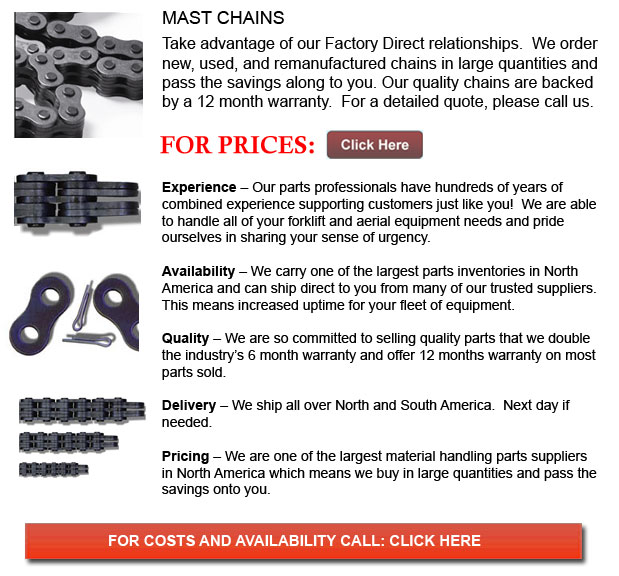
Mast Chains - Leaf Chains have various functions and are regulated by ANSI. They are used for low-speed pulling, for tension linkage and lift truck masts, and as balancers between head and counterweight in some machine tools. Leaf chains are occasionally also called Balance Chains.
Construction and Features
Leaf chains are actually steel chains with a simple link plate and pin construction. The chain number refers to the lacing of the links and the pitch. The chains have particular features like for example high tensile strength for every section area, which enables the design of smaller devices. There are A- and B- type chains in this series and both the BL6 and AL6 Series contain the same pitch as RS60. Finally, these chains cannot be driven using sprockets.
Selection and Handling
Comparably, in roller chains, all of the link plates have higher fatigue resistance due to the compressive stress of press fits, whereas in leaf chains, just two outer plates are press fit. The tensile strength of leaf chains is high and the most acceptable tension is low. If handling leaf chains it is essential to check with the manufacturer's manual so as to ensure the safety factor is outlined and utilize safety guards always. It is a better idea to carry out extreme care and utilize extra safety guards in functions wherein the consequences of chain failure are serious.
Higher tensile strength is a direct correlation to the utilization of a lot more plates. Since the use of a lot more plates does not improve the most allowable tension directly, the number of plates can be limited. The chains need regular lubrication as the pins link directly on the plates, producing a really high bearing pressure. Making use of a SAE 30 or 40 machine oil is normally advised for most applications. If the chain is cycled over one thousand times day by day or if the chain speed is more than 30m for each minute, it would wear extremely rapidly, even with constant lubrication. So, in either of these situations utilizing RS Roller Chains will be much more suitable.
The AL-type of chains must just be utilized under certain situations such as when wear is not a big problem, when there are no shock loads, the number of cycles does not go beyond a hundred daily. The BL-type will be better suited under different situations.
If a chain utilizing a lower safety factor is selected then the stress load in components will become higher. If chains are utilized with corrosive elements, then they may become fatigued and break quite easily. Doing regular maintenance is really essential when operating under these kinds of situations.
The outer link or inner link kind of end link on the chain will determine the shape of the clevis. Clevis connectors or also known as Clevis pins are made by manufacturers, but the user typically provides the clevis. An improperly made clevis can lessen the working life of the chain. The strands must be finished to length by the maker. Check the ANSI standard or contact the manufacturer.
![]() Click to Download the pdf
Click to Download the pdf
Forklift Parts
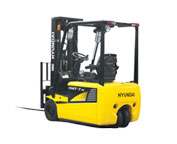

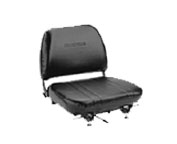
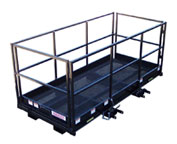
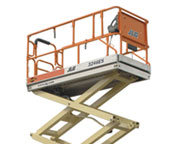
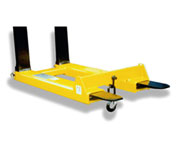
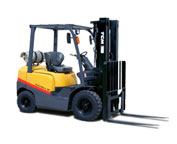
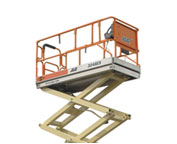
Lift Parts Express
TOLL FREE: 1-888-695-7994
Richmond, British Columbia
forkliftpartsrichmond.ca
Email Us
About Us


